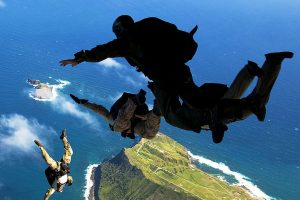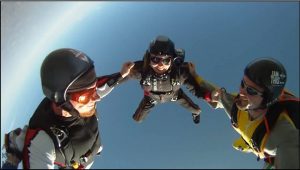Skydive Equipment: Flight line Check for Skydive Equipment
A flight line check involves checking a skydiver’s equipment to ensure that they are well equipped and prepared for skydiving before boarding the aircraft. The flight line check aims to ensure that a skydiver will not have to deal with a malfunction, resulting in an injury or death. A checker must be qualified and knowledgeable about what to check in all the skydive gear, including the parachutes. Flight line checkers often assume that there is an issue, and they do a thorough equipment inspection to identify it. Equipment checks include:
Checking the Control Toggles
Control toggle attachments vary, and a skydiver needs to know that the attachment can fail and how to prevent it. A control toggle might either fail to release no matter how hard a skydiver pulls or release prematurely. The failure could be worse if one toggle releases and a spiraling out of control occurs. There are two types of attachment methods: velcro less and velcro. The velcro-less attachment is the most common but has more failure incidences.
Risers Assembly
The equipment check also involves ensuring that the risers to a container have been well assembled. Mistakes are common while assembling the risers, especially among first-time skydivers with no experience.
Inspecting the Connector Links
Connector links could become loose over time and open upon deployment. Without a close inspection, soft link damage is not obvious/noticeable. Every skydiver has a responsibility to inspect the connector links or request the rigger to check for them.
Control Line Wear
It’s normal for the control lines to wear faster than the canopy suspension lines, leading to breakage. A flight line equipment inspection will help to reveal whether the control lines are in good condition. The hook velcro often makes the control lines fluff out.
Other flight line equipment check includes inspecting the elastic bands on the deployment bag.

